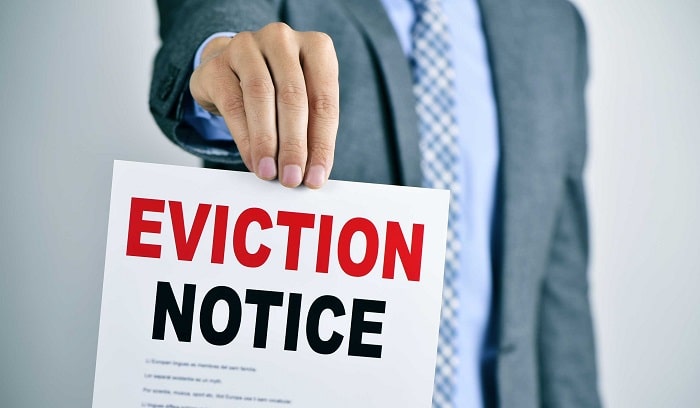Let's dive into the eviction process in Alberta in more detail:
1. **Notice to End Tenancy**: The process usually begins with the landlord serving a written notice to the tenant. The type of notice depends on the reason for eviction:
- **Non-payment of Rent**: A 14-day notice is served, giving the tenant 14 days to pay the outstanding rent.
- **Breach of Tenancy Agreement**: A 14-day notice is served for breaches such as damaging the property, disturbing other tenants, or subletting without permission.
- **End of Tenancy**: If the landlord wants the property back for their own use or for renovations, they must give the tenant either 90 or 365 days notice, depending on the circumstances.
2. **Application to RTDRS or Courts**: If the tenant does not comply with the notice, the landlord can apply to the Residential Tenancy Dispute Resolution Service (RTDRS) or the courts for an eviction order. RTDRS is an alternative dispute resolution service that deals with residential tenancy disputes in Alberta.
3. **Hearing and Decision**: Both parties will have an opportunity to present their case at a hearing. The adjudicator or judge will then make a decision based on the evidence provided and the relevant laws.
4. **Enforcement**: If the decision is in favor of the landlord, an eviction order will be issued. If the tenant still refuses to leave, the landlord can request the assistance of the courts to enforce the eviction order, usually through the Sheriff's Office.


